All digital cameras take images and save them in the JPEG format which is a compressed format that allows users to take more images for any give space on a memory card. JPEG stands for Joint Photographic Experts Group and the .jpg extension is a fast and convenient format. The degree of compression can be adjusted, allowing a selectable tradeoff between storage size and image quality.
However for photographers it isn't all a bed of roses. Every time an image is worked on and then resaved, the image quality is slightly degraded. The other issue is saving your images to JPEG in camera means you have less control over the image quality and there are not as many options to work with in post production. Sports and News photographers tend to use JPEG because of the speed that the JPEG format offers. They can shoot and send very quickly because of the limited need to edit the image.
Some cameras give the option to save in other formats. One of those is TIFF but the problem is this format is VERY large. The file size for a TIFF on my Nikon D800 is over 100Mb per image - ouch.
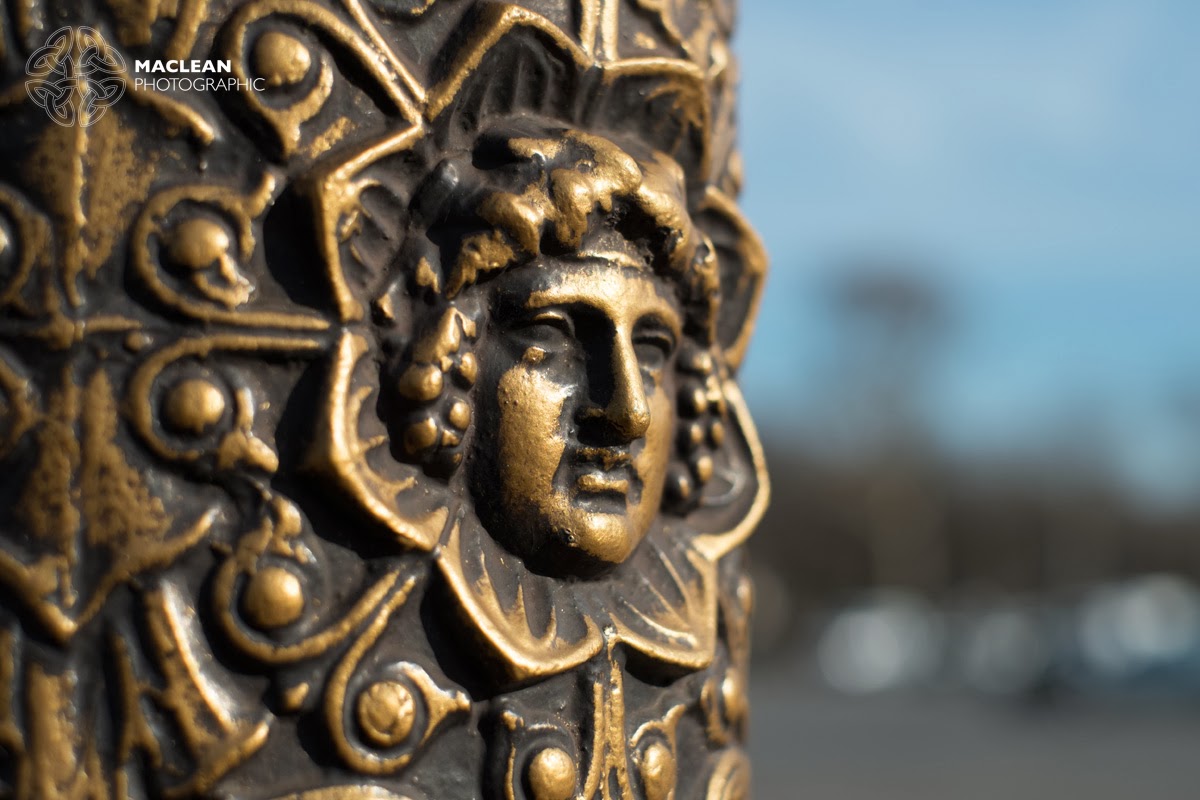.jpg) |
| The RAW file straight from the camera |
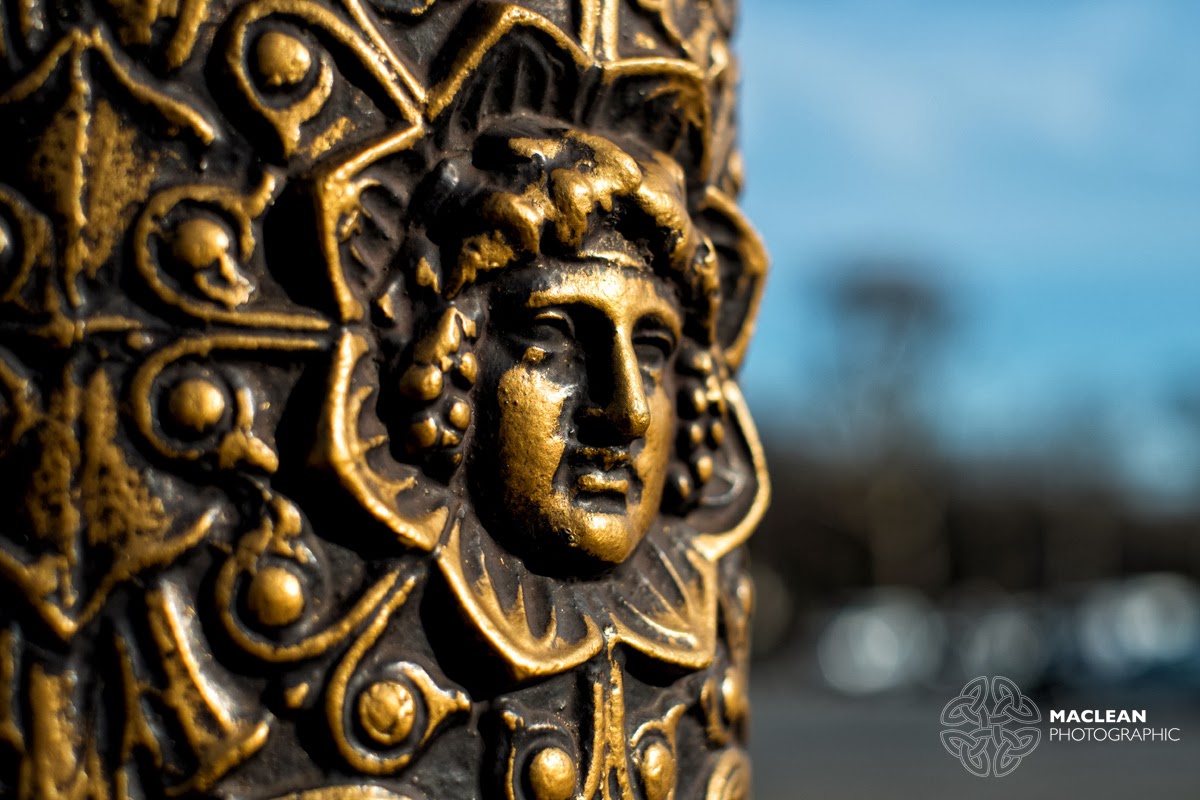 |
| The result of the RAW file after conversion |
The other option is to save in RAW, which is like a digital negative. As the name implies the file format is the raw data that the camera records. The advantages are enormous but the images straight from the camera can appear flat and lifeless (see images above).
However a RAW converter can bring the image life and the flexibility of the format to make adjustments in post production are excellent. You can even save an image that is badly under or over exposed in RAW where as the image would probably be only fit for the electronic dustbin in JPEG.
Advantages of RAW
- Images can be 'fixed' in ways which would be very difficult without the RAW sensor data.
- You get the full range of data from the sensor.
- Without sharpening or compression you have not 'lost' any data.
- You can change your mind about some of the picture settings after you have taken it.
Disadvantages?
- Raw files are bigger - The Nikon D800 has options from 30Mb to 72Mb per image.
- Special software is required to do the conversion though most editing software now includes most cameras.
- Not all cameras support raw formats and may offer reduced functionality when using RAW.
Nikon's RAW format is .NEF and Fujifilm's is .RAF.
When shooting with the D800 I shoot RAW only unless I need images quickly and then I shoot RAW + JPEG (fine). On the two Fujifilm cameras (X-Pro1 and X100) I shoot RAW + JPEG (normal) because of Fuji's excellent film simulations. I select Velvia or B&W (Red Filter) for this but this data is NOT recorded on the RAW file. So to see the images in film simulation I have to shoot JPEG. But I always have the digital negative to work on in post processing.
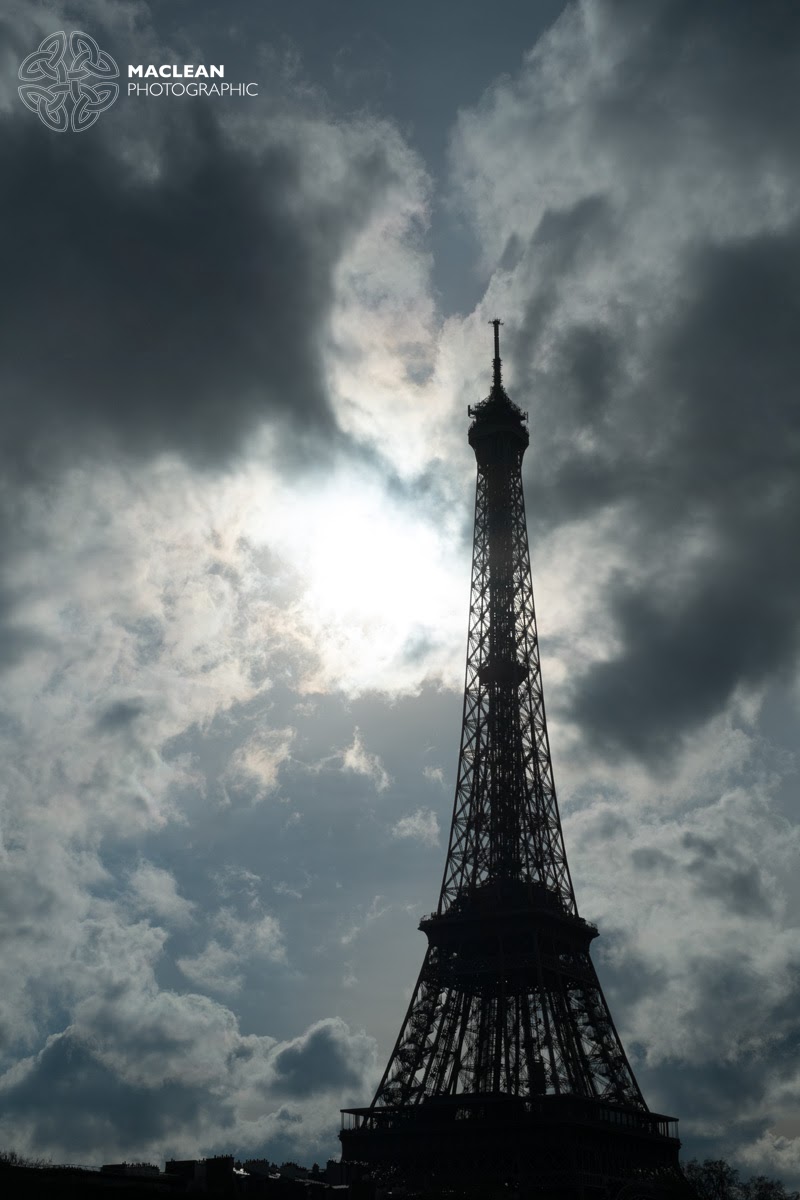 |
| Tricky back lit conditions - the is the unaltered RAW file |
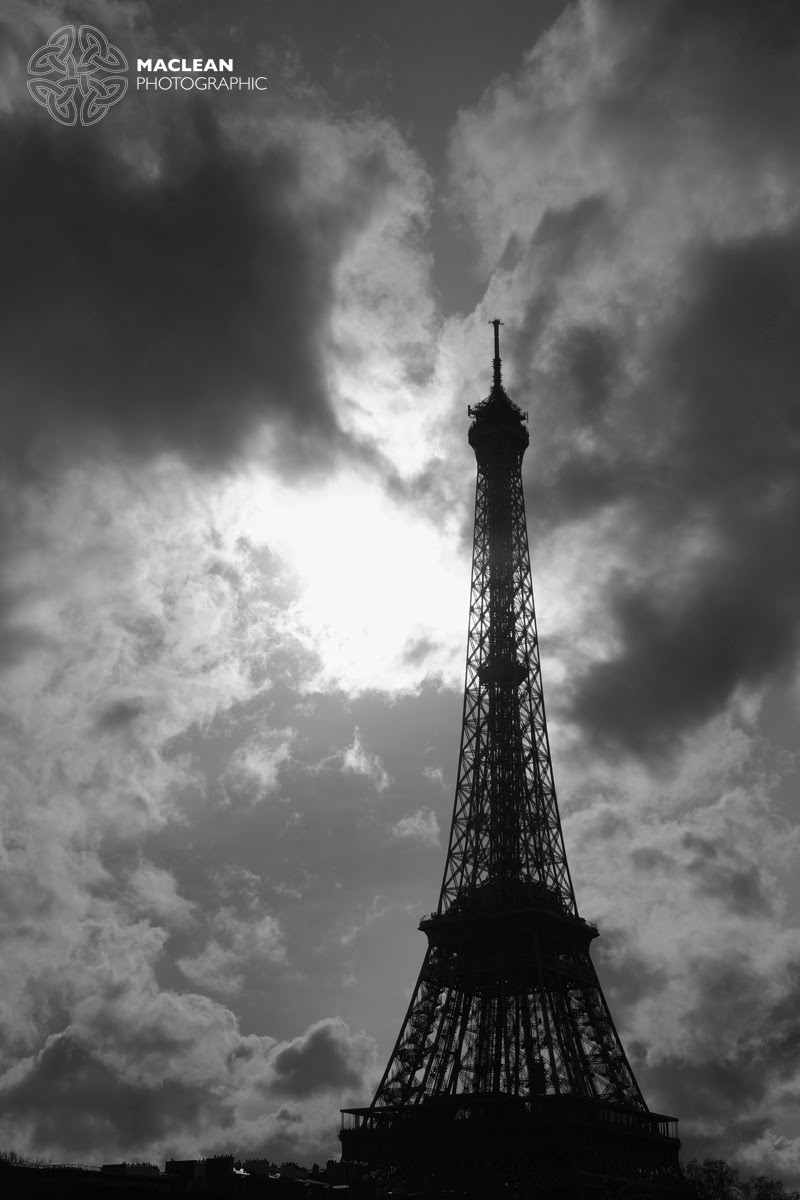 |
| The JPEG file straight from the camera - it is B&W because the camera was set to B&W mode |
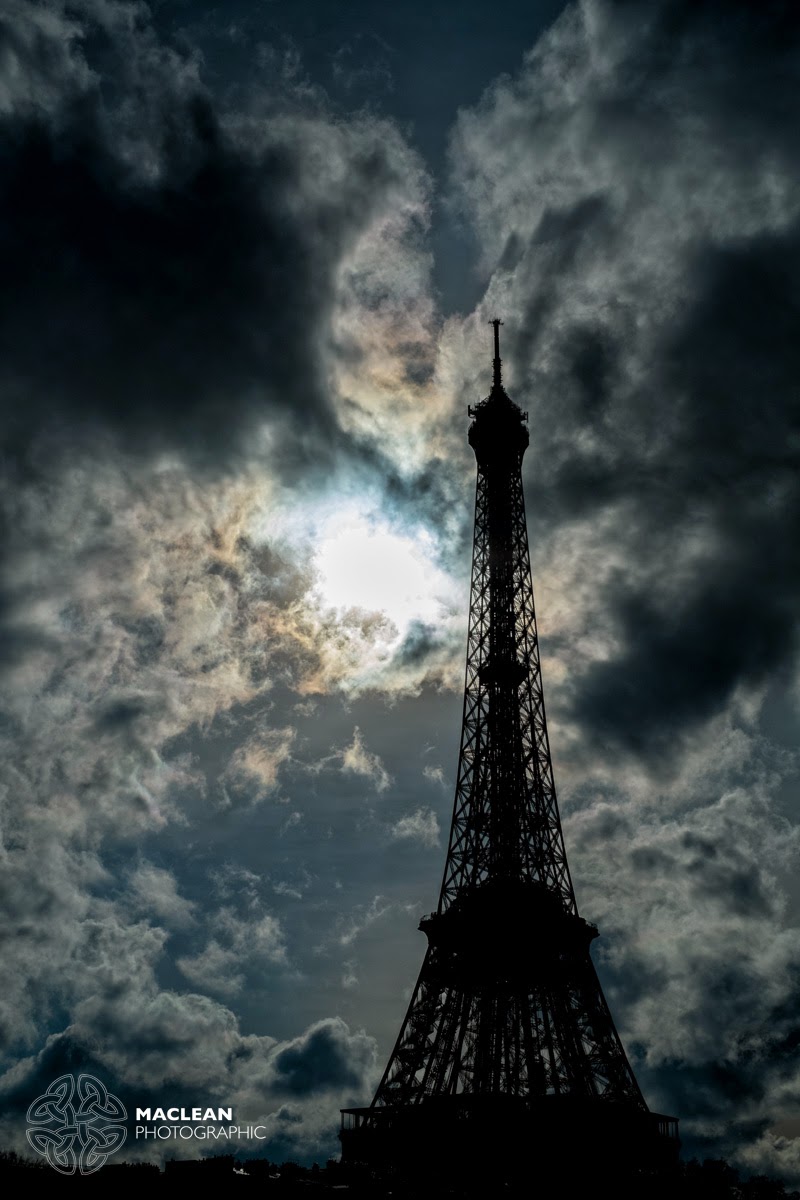 |
| This is the RAW file after it has been altered using the Adobe conversion tool in Lightroom |
I use Adobe Lightroom 4.4 to import the images from the camera and then use the RAW converter to import them into Lightroom or Photoshop Elements 11. The images above of the Eiffel Tower show how tricky conditions can be handled better with RAW, especially the highlights around the sun.
If you've never shot your images in RAW please give it a go. Yes the process is slower but the flexibility that RAW offers will take you photography to the next level.
CLICK HERE to learn more about using RAW
--------------------------------------------------------------------------------------------------------------
PLEASE SUPPORT THIS BLOG BY CLICKING THE GOOGLE ADVERTS
It doesn't cost you anything to click on an advert but we get a small fee for every click thru from Google and this helps support this blog - thank you for helping
-----------------------------------------------------------------------------------------------------------------
ALL IMAGES ARE THE PROPERTY OF MACLEAN PHOTOGRAPHIC AND CANNOT BE USED FOR ANY PURPOSE WITHOUT PRIOR PERMISSION
If you like what you see on this blog please visit our Facebook page and click 'like'
.jpg)







Comments
Post a Comment